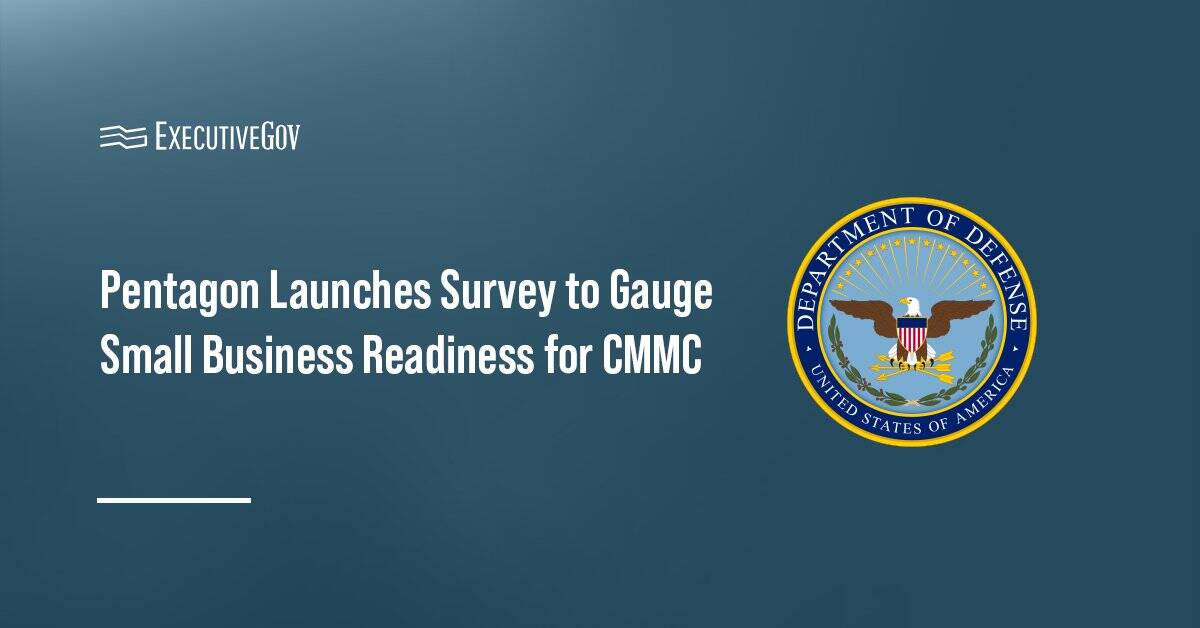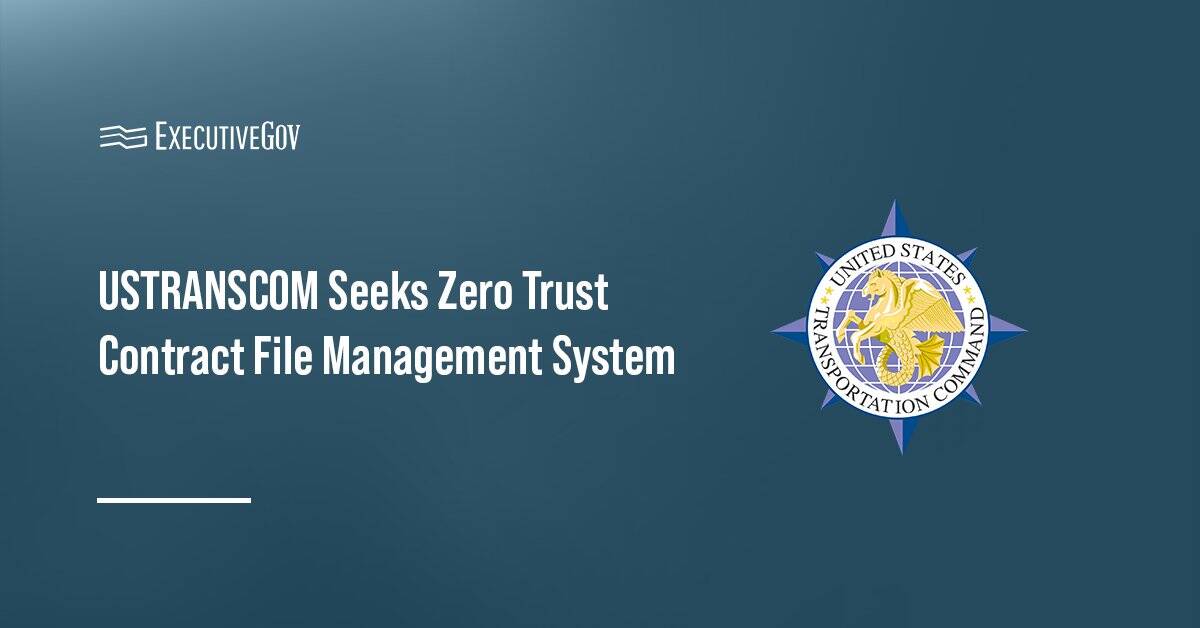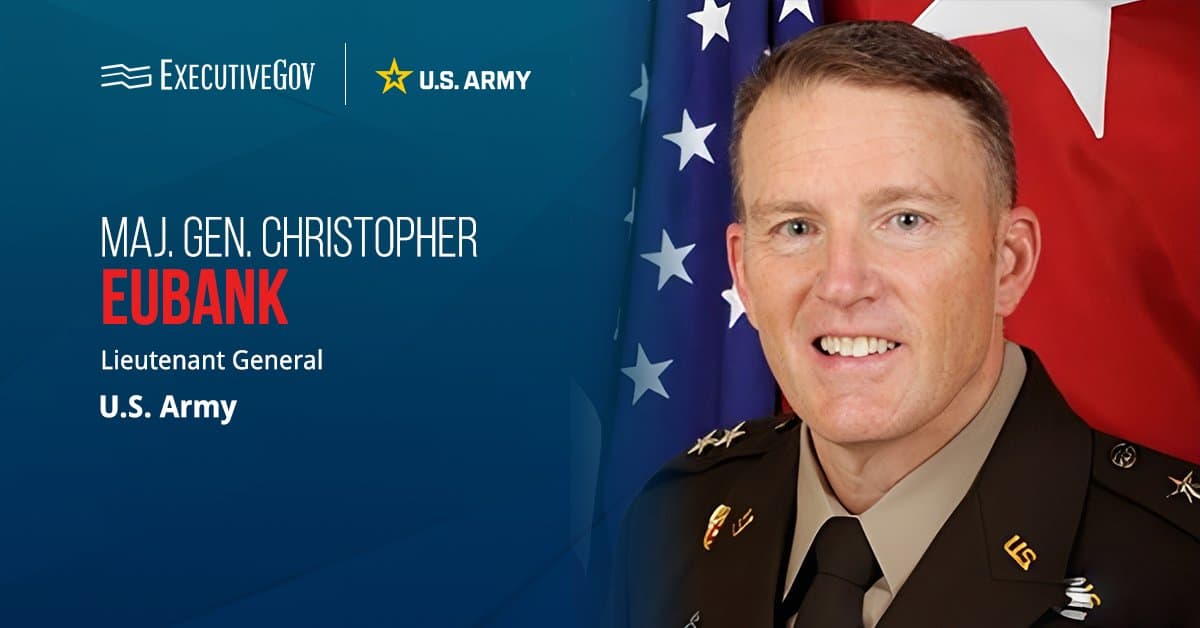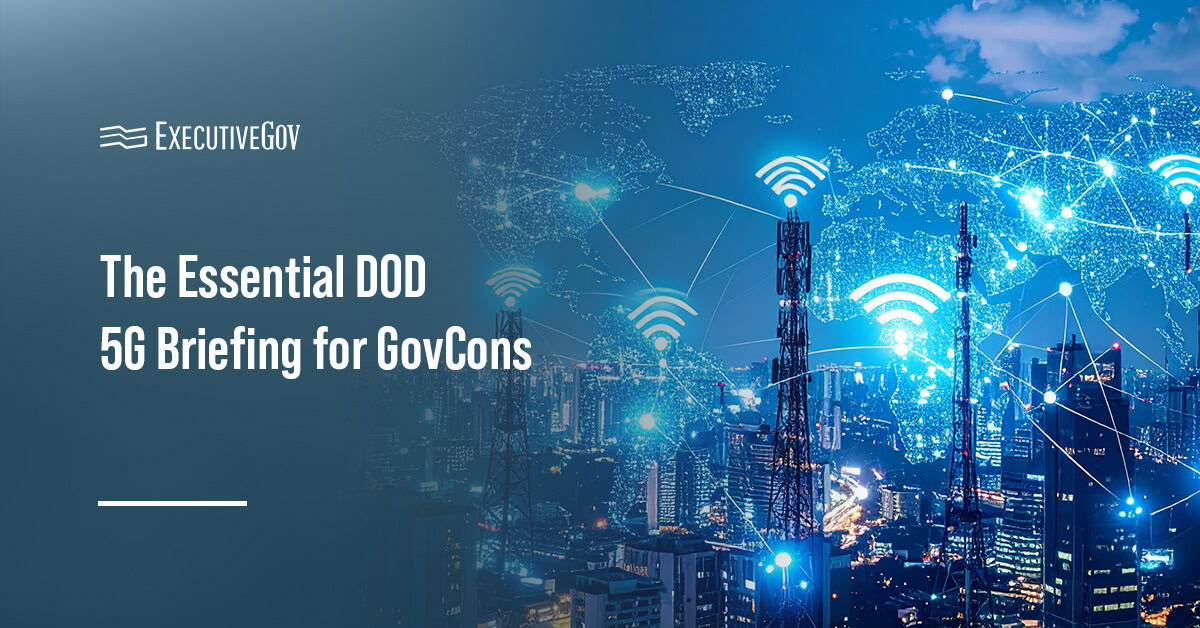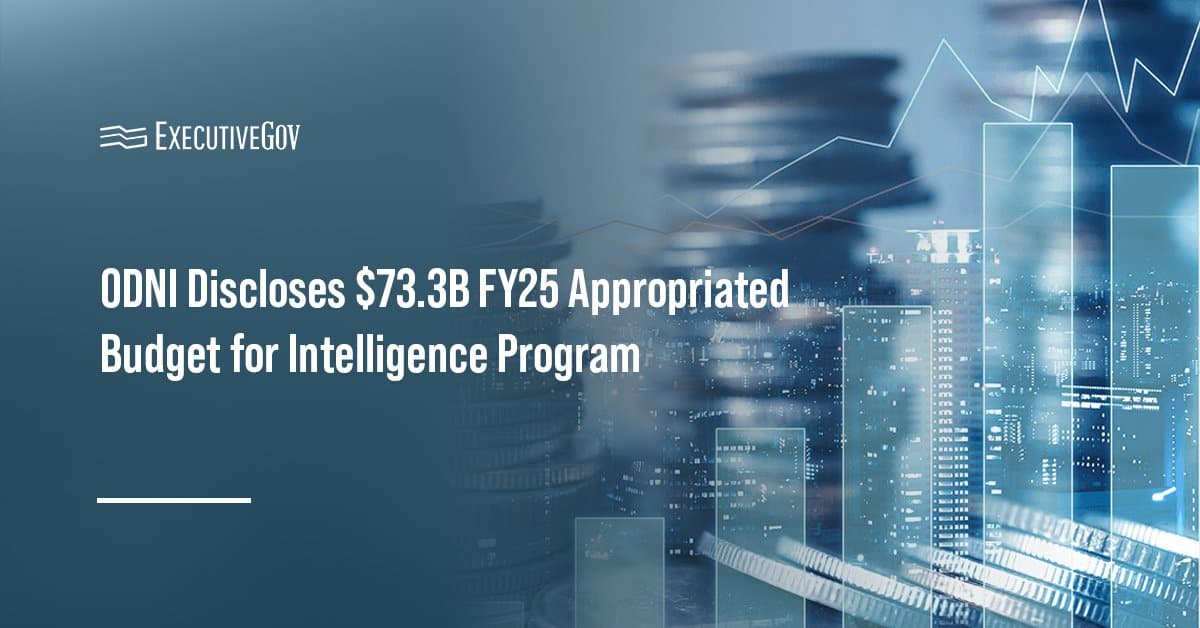Linda Bixby has been appointed chief research partnerships officer at the University of Arizona.
The university said Tuesday her appointment is intended to reinforce the Office of Research and Partnerships’ leadership team. The move also aims to expand the university’s research enterprise and societal impact.
Table of Contents
What Are Linda Bixby’s New Responsibilities?
Bixby will leverage over 35 years of leadership experience across government, industry, academia and nonprofits in her new role. She will oversee the university’s initiatives to expand collaborations with industry, philanthropic partners, national laboratories and local communities, while guiding campus collaborations, strategic agreements, and economic growth in Arizona.
What Roles Has Bixby Held Before Joining UA?
The new UA CRPO held extensive leadership and advisory roles across academia, corporate, federal consulting, intelligence community and national security sectors. She currently serves as a board member of the Intelligence and National Security Alliance, Penn State University’s Smeal College of Business, Bixby Capital Management, George Mason University’s Costello College of Business, the University of Virginia’s School of Engineering & Applied Science, and formerly at the University of Texas at Austin’s Cockrell School of Engineering.
Bixby also held various senior roles at the NobleReach Foundation, LMI and Integrity Business Solutions. Her earlier career includes nearly a decade at Booz Allen Hamilton as a senior associate and four years as an assistant professor and scholar in residence at American University.





